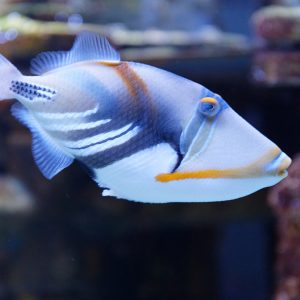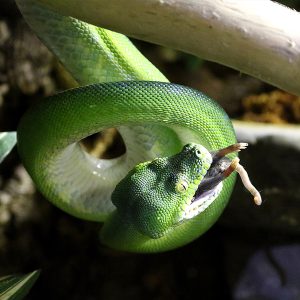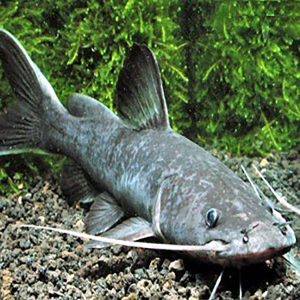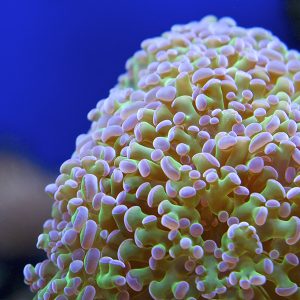What’s On These Animals’ Wish Lists?
At Greater Cleveland Aquarium, the holidays are for giving thanks and meaningful gifts. Let’s take a look at a few of the animals who call the Aquarium home, and the presents on their wish lists this year.


///


///


///


///


///


///
You can see these animals and more when you visit Greater Cleveland Aquarium. Check out the Aquarium’s See & Do page for a chance to see some of these species and nearly 250 others as you learn about their habitats and how you might support them.











 Shovelnose Sturgeon – Check out that shovel-shaped snout.
Shovelnose Sturgeon – Check out that shovel-shaped snout. Red-eared Slider – This turtle is named for the red patch on its ear AND the way it slides into the water when startled.
Red-eared Slider – This turtle is named for the red patch on its ear AND the way it slides into the water when startled. Clown Knifefish – This fish’s knife-like shape allows it to swim both forwards and backwards.
Clown Knifefish – This fish’s knife-like shape allows it to swim both forwards and backwards. Crystal-eyed Catfish – Frank Sinatra might have been “ol’ blue eyes,” but this catfish gets attention for its light blue peepers.
Crystal-eyed Catfish – Frank Sinatra might have been “ol’ blue eyes,” but this catfish gets attention for its light blue peepers. Dyeing Poison Dart Frog – This name comes from an unverified legend that indigenous people used these colorful frogs to dye parrot feathers.
Dyeing Poison Dart Frog – This name comes from an unverified legend that indigenous people used these colorful frogs to dye parrot feathers. Picasso Triggerfish – This peculiar-looking fish has bright, artsy colors AND a dorsal spine will raise when startled.
Picasso Triggerfish – This peculiar-looking fish has bright, artsy colors AND a dorsal spine will raise when startled. Hammer Coral – Note the hammer shape of these coral polyps.
Hammer Coral – Note the hammer shape of these coral polyps. Scrawled Cowfish – The “horns” above its eyes and irregular body markings are what give the scrawled cowfish a distinctive appearance.
Scrawled Cowfish – The “horns” above its eyes and irregular body markings are what give the scrawled cowfish a distinctive appearance. Raccoon Butterflyfish – This butterflyfish is named for the black-and-white “mask” around its eyes.
Raccoon Butterflyfish – This butterflyfish is named for the black-and-white “mask” around its eyes. Black Drum – This fish can make drumming or croaking sounds with muscle movement around its swim bladder.
Black Drum – This fish can make drumming or croaking sounds with muscle movement around its swim bladder.